For me, midlife has brought various indignities, as well as many joys. But standing over a sink to count the number of hairs that had come out in my brush one morning has to be among the more distressing aspects.
For the record, it was 201. And why was I counting them? Because I’d searched ‘how to tell if your hair is falling out’ online – and according to Dr Google, anything over 100 strands was a cause for concern.
To be honest, I already had my suspicions that I was losing more hair than I should (we all shed a certain amount each day, and this can be anywhere between 50 and 100 strands).
Not only had my ponytail started to feel woefully thin, but I’d also noticed some changes to my hairline, particularly at the temples, where you could see my scalp.
Having always taken a good head of hair for granted, it was a shock to realise how much I was losing. I spiralled into panic mode, desperate to work out what might be causing the shedding and, more importantly, how to stop it from getting worse.
Could it be my hormones? I’ve been on hormone replacement therapy (HRT) for a few years but recently added a testosterone cream to the mix, hoping it would boost my libido and mood.
Could this have triggered the shedding? Reluctant to stop using the cream, I decided to reduce the dose, even though the menopause clinic that prescribed it reassured me it was unlikely to be the culprit.
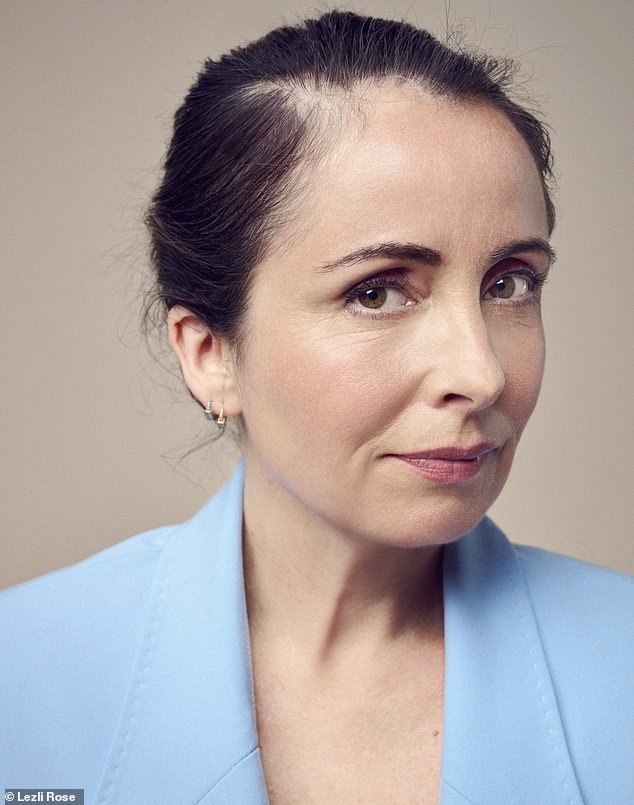
Not only did Charlotte Kemp notice her ponytail had started to feel woefully thin, but she also saw some changes to her hairline, particularly at the temples, where her scalp was visible
What I wasn’t prepared for was how upset the hair loss would make me feel – or how susceptible it would make me to the stream of ‘wonder cures’ touted on my social media feed. Once the algorithm was on to me – yet another menopausal woman with ‘scalp anxiety’ – I was inundated with posts about products.
I tried a viral seaweed shampoo and conditioner, which claims it will help support ‘scalp balance and hair vitality’. Well, don’t bother. Not only did I find the smell unpleasant, it left my hair limp, lacklustre – and no thicker.
Then I massaged rosemary oil into my temples every night, having read posts that swore this would work. Again, no discernible change and my husband hated the smell. ‘It’s like lying next to a leg of lamb,’ he tutted.
I swapped my hairbrush for a wide-toothed comb to prevent breakage, invested in a silk pillowcase to reduce friction while sleeping and spent a fortune on bone broth in the hope that the collagen and amino acids would boost my hair growth.
Two months in and disheartened that I was still losing a clump every day, I was sceptical when I came across a £75 serum by Swedish brand Sweed claiming to ‘revitalise the appearance of fuller and thicker hair’ in four to six weeks.
But with a list of vegan ingredients promising to nourish hair follicles and stimulate growth, it seemed worth a try.
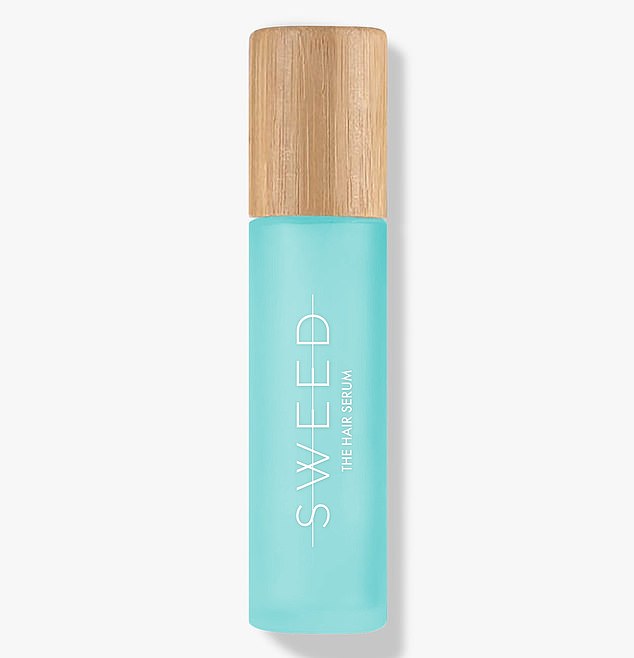
Sweed does not contain parabens (preservatives) or sulphates (which produce lather), both of which have potential health concerns. The formula is also free from prostaglandin analogues, a synthetic hormone found in eyelash and hair growth serums
As well as hyaluronic acid and pumpkin seed oil to moisturise the scalp, the serum includes keratin (the fibrous protein that is part of hair, skin and nails), peptides (short chains of amino acids which help boost collagen production) and biotin (a B vitamin that promotes hair growth).
And, crucially, there are no parabens (preservatives) or sulphates (which produce lather), both of which have potential health concerns. The formula is also free from prostaglandin analogues, a synthetic hormone found in eyelash and hair growth serums.
So far, so good, though when the bottle arrived, I couldn’t believe how tiny it was – for £75 you get only 6ml. But it is easy to apply. The vial has a rollerball applicator which you swish on to the areas where your hair is thinning.
I did this every night for four weeks. The serum is odourless and left my scalp feeling soft without making my hair greasy. A month in and I was encouraged to see baby hairs sprouting along my temples, along with some wiry regrowth along my parting.
Keen to consolidate my gains, I went to see trichologist Anabel Kingsley at her Mayfair clinic for a hair examination.
Happily, there is evidence of regrowth all over my head, she tells me, not just at my temples.
Perhaps my decision to cut back on the testosterone has helped – a deep dive into the research suggests a post-menopausal dose must be finely balanced. Low testosterone can cause hair loss just as too much testosterone can.
What about the serum then? Well, it hasn’t done any harm and whether the new growth at the hairline is coincidental or not, it’s important to support it.
Thankfully, blood tests rule out any deficiencies in vitamin D, iron or ferritin (a blood protein that stores iron and releases it when needed) and my hormone levels are in the right range. Anabel suspects changing my HRT triggered the shedding but my hair is recovering.
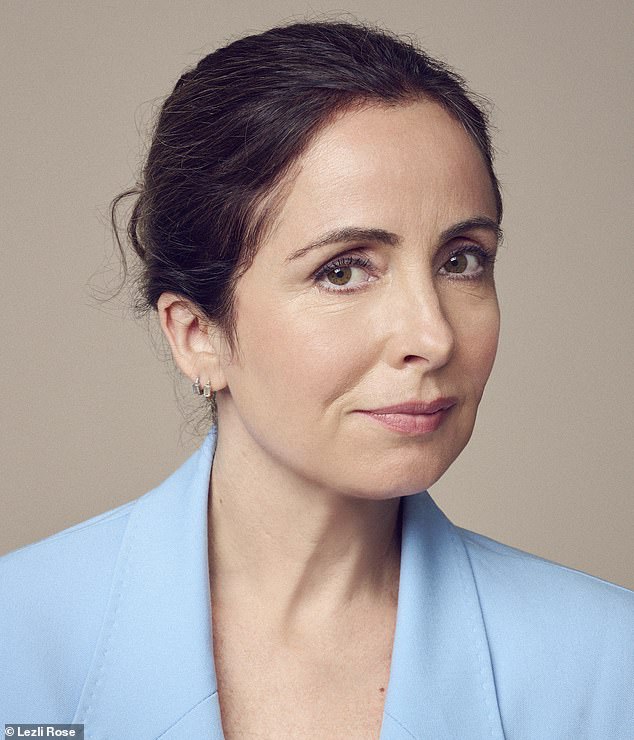
Charlotte used Sweed every night and, after four weeks, she was encouraged to see baby hairs sprouting along her temples, along with some wiry regrowth along the parting
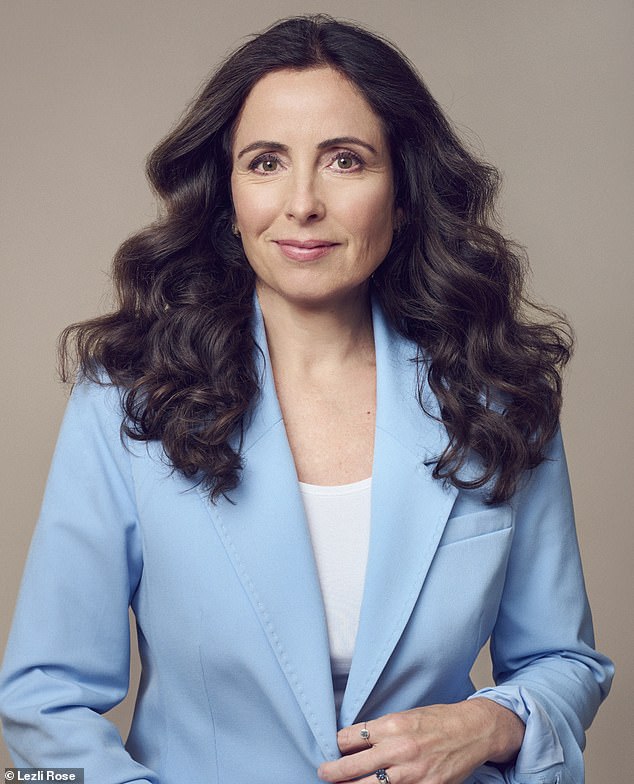
Charlotte was advised by trichologist Anabel Kingsley that she should treat her new baby hairs with the utmost TLC
‘Menopause does impact everyone’s hair, and fluctuations in hormone levels can have an effect,’ she says.
What is paramount is that I treat my new baby hairs with the utmost TLC, says Anabel.
She suggests a regimen of weekly deep-conditioning scalp and hair masks, twice-daily gelatin supplements and nightly Philip Kingsley scalp drops.
And, she stresses, it’s also important to wash my hair more regularly. Despairing of how much hair was going down the plug, I have been limiting hair washes to once a week – wrongly assuming that the more I washed it, the more hair I would lose.
Anabel says the opposite is true. Regular washing – once a day or every other day – is better for my hair and my scalp. Otherwise a build-up of dry skin and oil causes scale around the follicle, which ‘strangles the hair cuticle’, making the hair weaker, which can increase shedding.
I leave her clinic resolved to wash my hair every other day and pay more attention to my diet (Anabel said you need lots of protein and complex carbohydrates to support hair growth).
I may have to get up earlier to wash my hair and make a volume-boosting breakfast. But if it helps keep those precious strands coming, bring on the alarm.
Sweed Hair Serum: gloriousbeauty.co.uk
YOU COULD ALSO TRY
SOOTHING THE SCALP
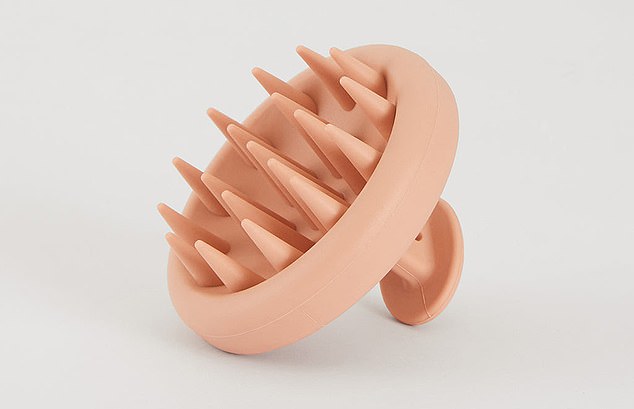
Champo shampoo brush, £16.50, for a deeper root cleanse
For a deeper root cleanse, I really recommend a shampoo brush. Using it to massage shampoo into the scalp in small, circular movements helps remove dirt and product build up in those harder to reach places at the back of your head. Champo shampoo brush, £16.50, champohaircare.com
TAMING BABY HAIRS
While it’s heartening to see growth, baby hairs are a nightmare to style. For those with a Dyson hair-dryer, the supersonic flyaway attachment is a godsend.
You glide it over flyaway regrowth and it gently encourages the hairs to lie flat rather than stick up at 90 degrees, making you look as if you’ve been electrocuted.
The Dyson is engineered to be gentler on hair but if you don’t have one use the lowest heat setting on your hairdryer to avoid damage. Dyson Supersonic Flyaway Attachment, £30, dyson.co.uk












